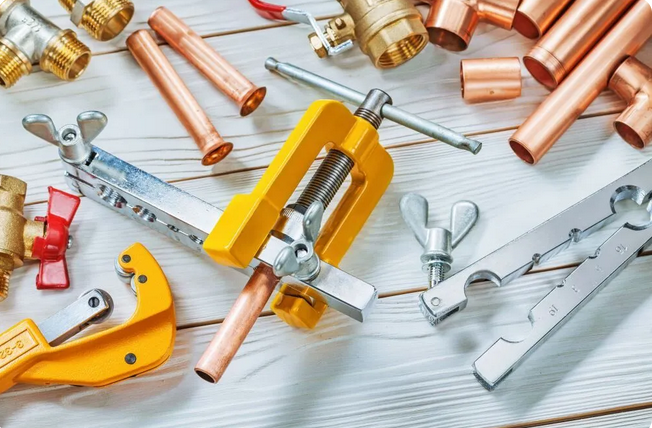Brass valves are essential components in a myriad of plumbing and industrial applications. Known for their durability, corrosion resistance, and ease of use, these valves play a crucial role in regulating the flow of fluids in various systems. In this article, we will explore the different types of brass valves, their applications, benefits, and maintenance, helping you understand the ins and outs of these highly functional devices.
What Are Brass Valves?
Brass Valves are flow control devices made primarily from a copper-zinc alloy known as brass. This material not only provides strength and durability but also offers excellent resistance to corrosion, especially in environments where moisture is present. Depending on the specific alloys used, brass valves can be designed for various applications, from household plumbing systems to industrial processes.
Types of Brass Valves
There are several types of brass valves, each serving a particular function:
1. Gate Valves: These valves are designed to provide full flow with minimal pressure drop. They consist of a gate or a wedge that can be raised or lowered to control fluid flow. Gate valves are commonly used in applications where the valve remains either fully open or closed.
2. Ball Valves: These valves utilize a spherical disc (the ball) that rotates to open or close the valve. They offer quick shut-off and are suitable for both high-pressure and high-temperature applications. Their reliability and ease of operation make them popular in both residential and industrial settings.
3. Globe Valves: Globe valves are characterized by their spherical body and are primarily used for throttling flow control. They offer a high level of precision due to their design, which allows for fine adjustments. They are typically found in applications where flow regulation is essential.
4. Check Valves: Check valves prevent backflow in a system, allowing fluid to flow in only one direction. They help to maintain pressure and protect equipment from damage caused by reverse flow. This type of valve is critical in plumbing and industrial applications.
5. Pressure Relief Valves: These valves are critical safety devices that protect pipelines and systems from excessive pressure buildup. They automatically release fluid when pressures exceed a predetermined limit, ensuring the integrity and safety of the system.
Applications of Brass Valves
Brass valves are used across various industries and applications. Some of the most common uses include:
· Plumbing Systems: Brass valves are widely used in residential plumbing for controlling water flow, whether in faucets, showerheads, or during irrigation.
· HVAC Systems: In heating, ventilation, and air conditioning systems, brass valves help regulate the flow of refrigerants and ensure system efficiency.
· Industrial Processes: Brass valves are suitable for handling various fluids in manufacturing, chemical processing, and oil and gas industries. Their durability can withstand harsh conditions.
· Water Supply and Treatment: In municipal water supply systems, brass valves control water distribution and pressure, ensuring safe and reliable delivery to communities.
Benefits of Brass Valves
Brass valves offer numerous advantages that make them a preferred choice in many applications:
· Corrosion Resistance: Brass is highly resistant to corrosion, making it ideal for use in wet or humid environments.
· Longevity: Due to their robust construction, brass valves can last a long time with minimal maintenance, reducing the need for frequent replacements.
· Temperature Tolerance: Brass can handle high temperatures without deforming, making it suitable for hot water and steam applications.
· Versatility: With various designs available, brass valves can be used in diverse applications, from household plumbing to complex industrial operations.
· Economic Efficiency: While brass valves may have a higher initial cost than plastic alternatives, their durability and longevity often lead to lower overall costs in the long run.
Maintenance of Brass Valves
To ensure the optimal performance and longevity of brass valves, regular maintenance is essential:
1. Inspection: Periodically check for leaks or signs of wear. Look for corrosion, particularly in joints and connections.
2. Cleaning: Clean the exterior and accessible parts of the valve to prevent buildup of dirt and debris that may affect operation.
3. Lubrication: For valves with moving parts, using appropriate lubricants can ensure smooth operation.
4. Testing: Regularly test the valve function by opening and closing it to ensure it operates effectively.
5. Replacement: When valves show significant wear or damage, consider replacing them to maintain system integrity.
Conclusion
Brass Valves are indispensable in various industries and applications due to their durability, versatility, and performance. Understanding the different types of brass valves and their uses will equip you to make informed decisions for your plumbing or industrial needs. Regular maintenance practices can prolong the lifespan of these essential components, ensuring they operate effectively for years to come. Whether you're a homeowner, a plumber, or an industrial engineer, having a comprehensive understanding of brass valves will benefit your projects and systems significantly.

